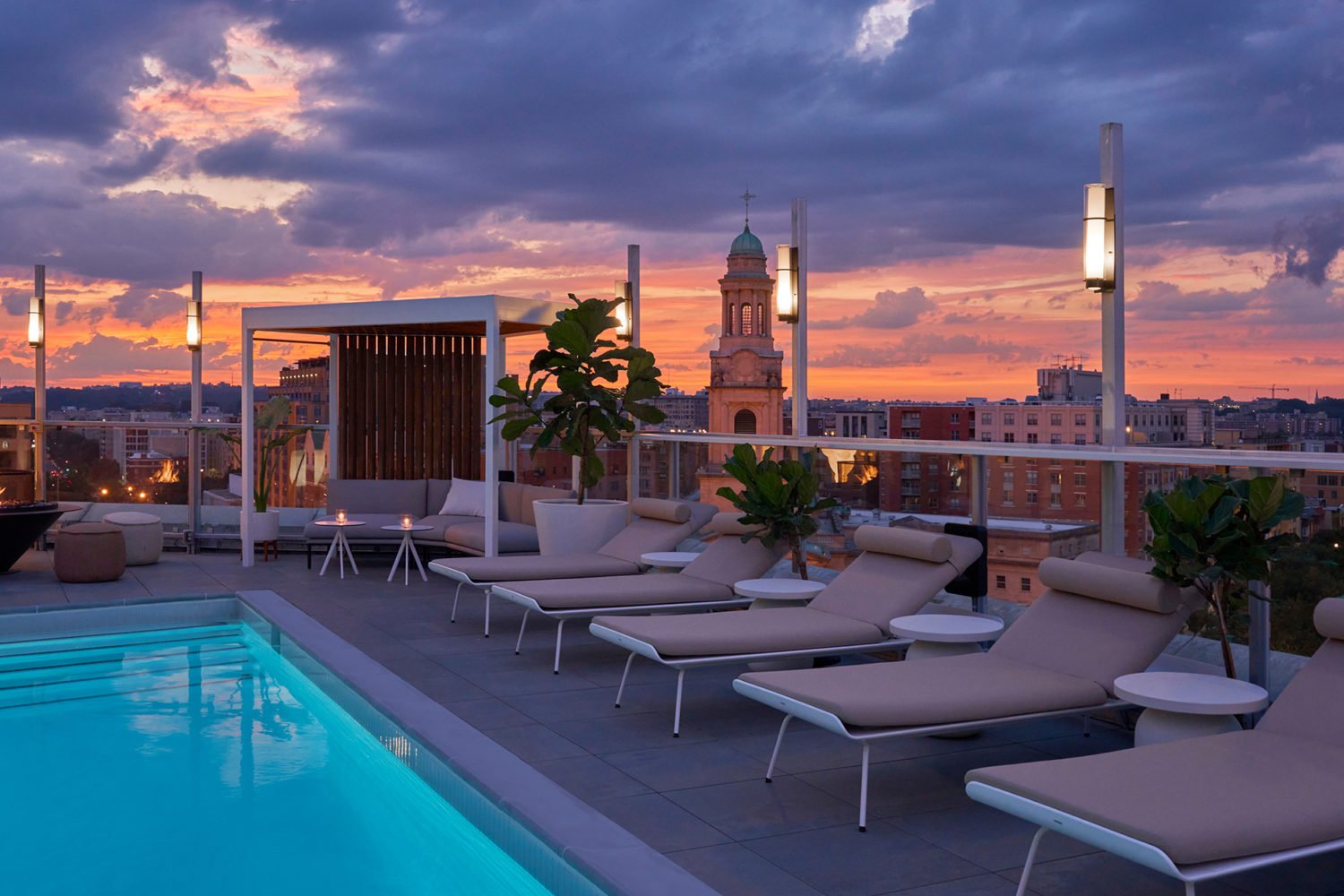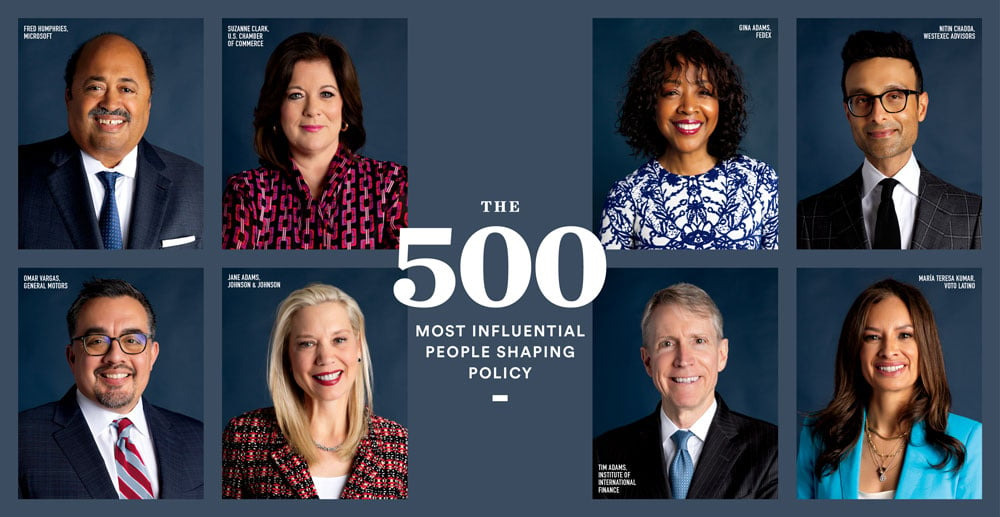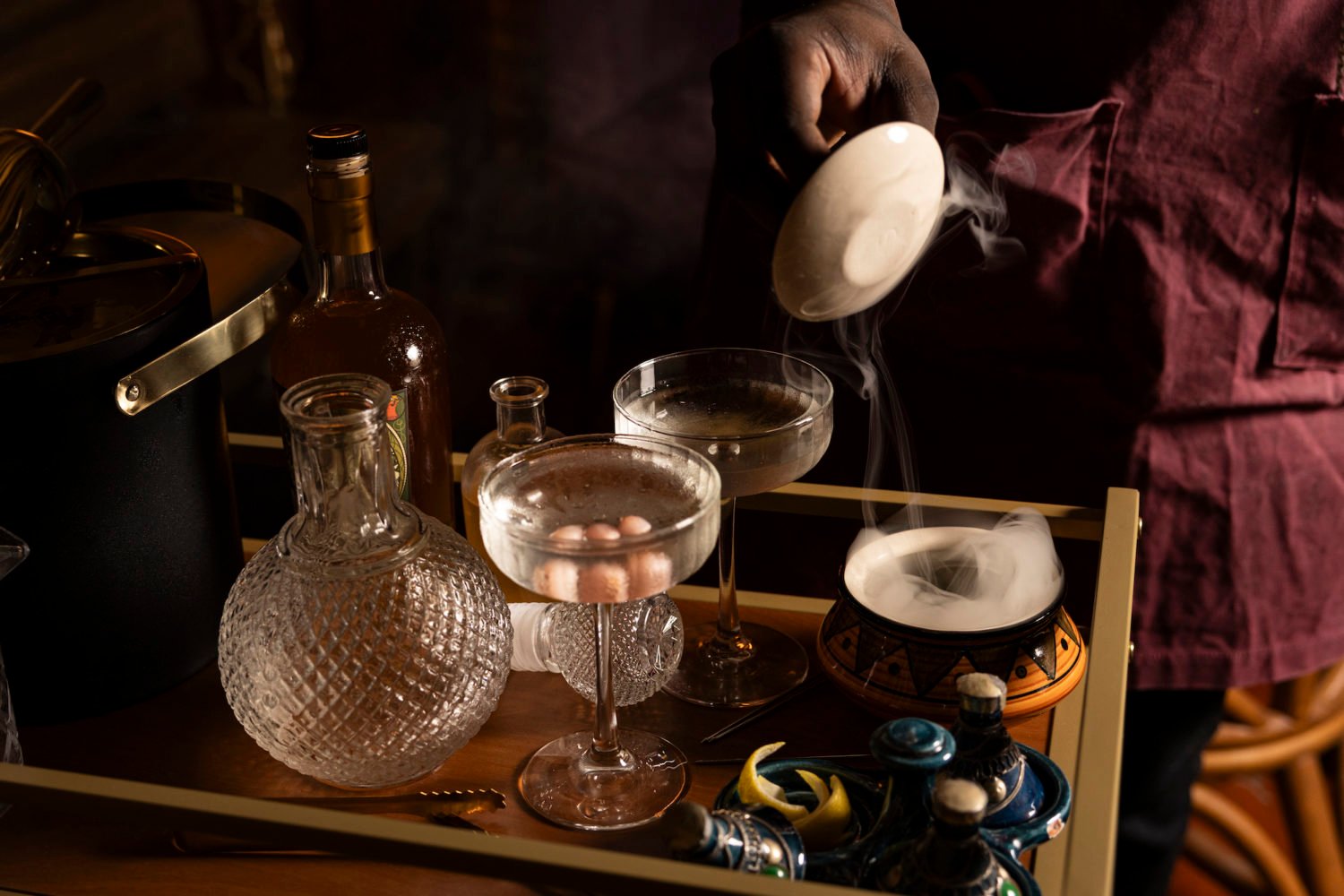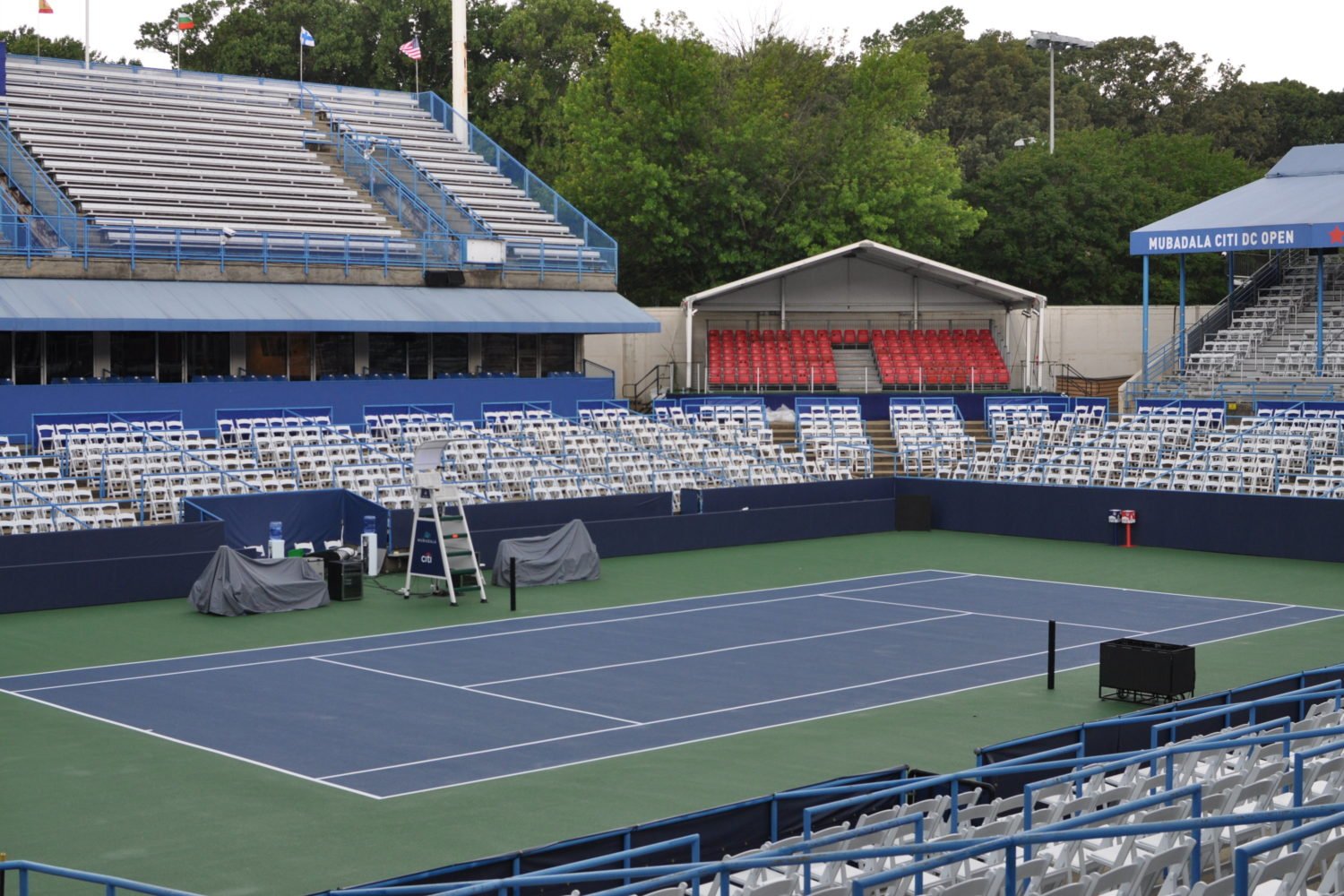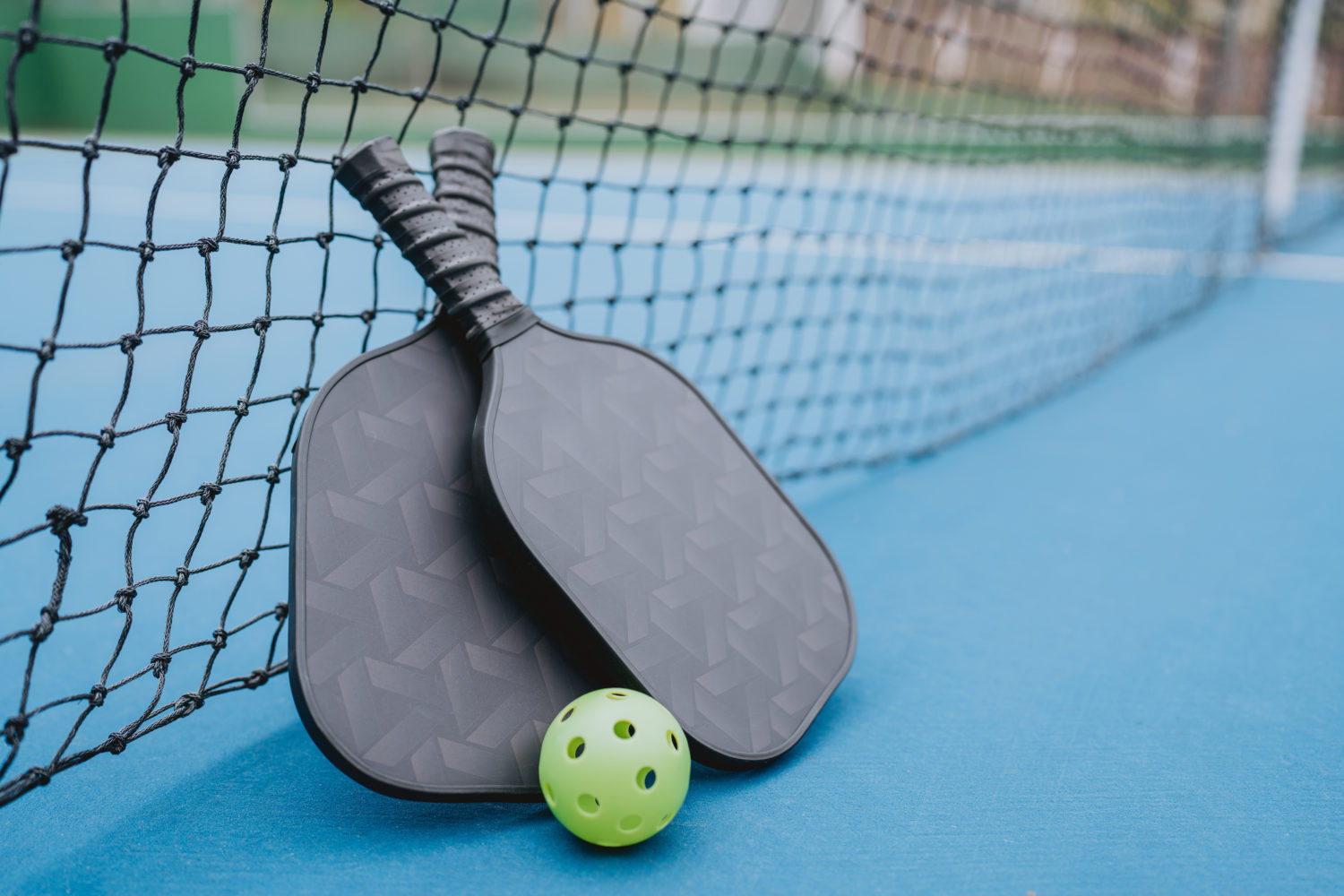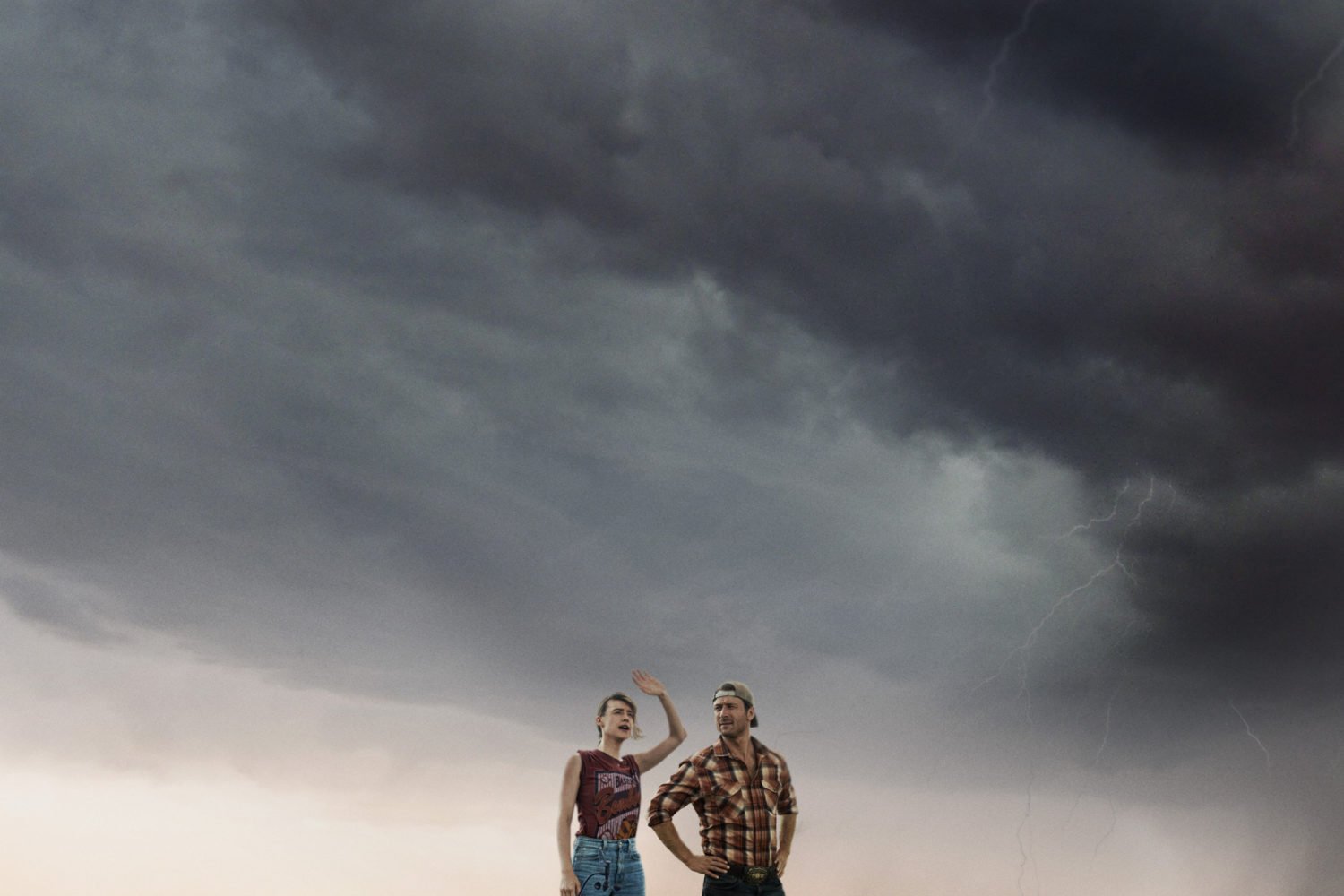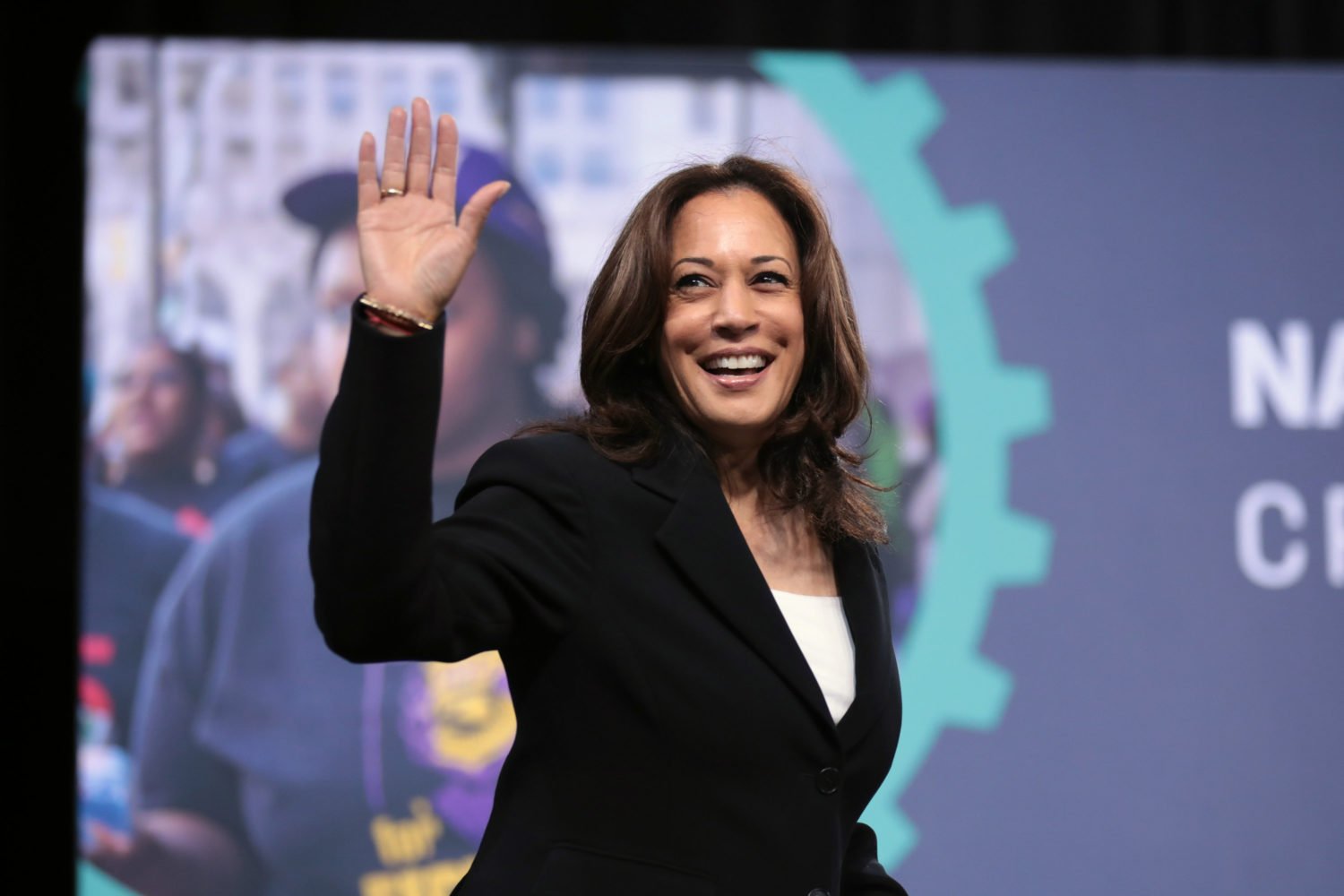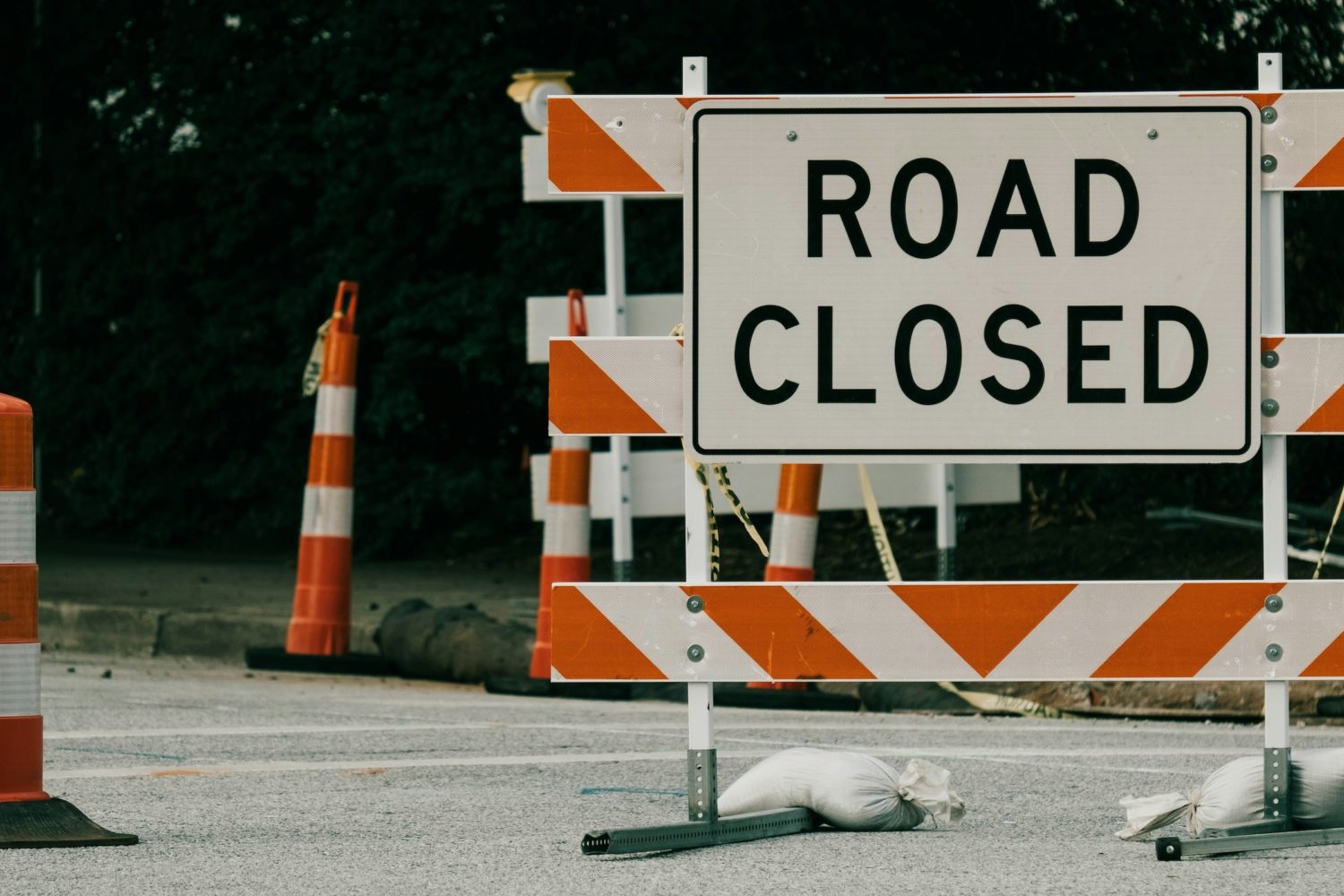The stares surprised me. My brother Charlie, an Orthodox rabbi, wears a kippah, a Jewish head covering, and tallis fringes that hang out of his shirt. His friend Sedar, an Orthodox Muslim, wears a knitted skullcap and a qamis, a long tunic that touches his toes. Charlie is white; Sedar is black.
Though they’ve been friends for 23 years, I had never ventured out with them until last summer, when the three of us went to a restaurant in Rockville. Double takes from other diners turned into stares.
“It’s like we’re two sexy women walking down the street,” Sedar said.
To me, Sedar and his younger brother, David—who with my brother formed a triumvirate at Silver Spring’s Woodlin Elementary School—were nice kids who spent a lot of time with our family. As a 14-year-old in 1983, I spied on them as they listened to Michael Jackson’s Thriller album and practiced break dancing. Often they laughed so hard that I’d find them curled up on the floor, wheezing and hooting at some joke.
At the time, 12-year-old Sedar and his 11-year-old brother, David, were Christian. Their mother, a former congressional staffer, was the first black woman ordained by the Unitarian Universalist Church and had just founded a congregation in their Silver Spring living room. My family attended conservative and reform synagogues.
Fast forward a few years: Sedar Chappelle joined the Nation of Islam for a short period, then committed to an orthodox strain of Islam. He has since introduced the religion to his family; 25 relatives and in-laws are now Muslim.
Charlie Buckholtz spent a semester in Jerusalem and discovered a connection to a more rigorous Jewish practice than anything he had experienced at home. He devoted most of the next decade to studying Torah and Jewish tradition at a yeshiva in the West Bank and was ordained as a rabbi.
Meanwhile, Sedar’s brother, David—today known as Dave Chappelle—became a popular comedian. Doing standup and working the Hollywood circuit led to his Emmy-nominated Comedy Central program, Chappelle’s Show, which he left abruptly in 2005. There was speculation about why he had abandoned his reported $50-million contract. He later said he was simply stressed out and needed time to think; as he told Op rah Winfrey, he was troubled that his comedy sketches had become “socially irresponsible.”
The threesome has been pulled in different directions over the years. Charlie and David occasionally speak on the phone. Sedar and David—who keep their relationship private—may speak several times a day or once a month, depending on circumstances; on the TV show Inside the Actors Studio in early 2006, David said his brother is the only person he trusts.
Charlie and Sedar, both now 34, are still best friends.
In 1983, my family moved to Silver Spring from Charleston, South Carolina. Charlie started sixth grade at Woodlin as a pariah, as most of his classmates had been together since kindergarten. As Charlie remembers it, Sedar rescued him by drawing him into a basketball game.
Soon after, Charlie invited Sedar home. David tagged along. It’s hard to think of Sedar without David during those years. The boys’ parents separated in 1975; the divorce was final two years later. Sedar and David remained with their mother in Silver Spring. The boys’ sister moved to Ohio with their father, an Antioch music professor.
At home, Sedar and David often had only each other for company. Their mother struggled to balance work and her travels as a minister with the demands of raising two adolescents.
Enter the Buckholtz family.
“David and I used to spend the night at people’s houses a lot—Charlie’s family more than any other,” Sedar says. Our household—with two parents, four siblings, and an atmosphere of happy chaos—was, he says, the only stable influence in his life.
After the end of sixth grade, Charlie lobbied unsuccessfully for Sedar and David to join us on our summer vacation in Maine.
The afternoon we left for Maine, Sedar and David walked the half mile back to their house. Sedar recalls breaking into his home by climbing through a window; the brothers were constantly losing their house keys. He saw new furniture inside.
“I could hear footsteps,” Sedar says. “I saw a stranger’s legs at the top of the stairs.”
Their mother had moved.
As Sedar explains it, there had been a for-sale sign in front of their house on and off for years. Because he and his brother spent “days and weeks” with other families, there was little communication with their mother, and they didn’t know the house had been sold.
“It was a defining moment,” Sedar says. “The idea that your home could be stripped away from you? It was unbelievably painful. It’s made me a nomad.”
Sedar’s mother, Yvonne Seon, remembers the period surrounding her move as hectic and says she asked my mother if Sedar and David could stay with us for the week. She says she had planned to pick them up at our house that night after delivering the last truckload of furniture to her new home, but the boys came home earlier than expected. Seon says she was “mortified” by the miscommunication.
Later that day, after the boys’ grandmother helped them find their mother, Sedar and David relocated with her to inner-city DC. Sedar was catapulted into a world of gang violence in his neighborhood and at Shaw Junior High.
My family also moved later that summer—to Potomac.
At our new house, my mother displayed Sedar and David’s school pictures with our family photos, and the brothers reentered our lives during Charlie’s bar mitzvah weekend later that year. It seemed like old times as they spun on their backs and sang, “Billie Jean is not my lover . . . . ”
Back in DC—where he went on to Banneker High School and later Duke Ellington School of the Arts—Sedar focused on the brutal basics.
“I grew up in the wrong place at the wrong time, being in DC during the climax of the crack epidemic,” he says. “Everybody but me was buying and selling drugs. David and I used to get chased home from school by neighborhood gangs.”
By contrast, Potomac seemed to Charlie like a comic noir about mean rich kids. “I’d never experienced anything like it,” he says. “People humiliated you based on what clothing you were wearing.”
Desperate to avoid this fate, Charlie refused to go to his new middle school unless our parents bought him a “genuine” Polo shirt or a “real” pair of Jams: “One guy would come around and lift up the back of my shirt to make sure the Jams logo was there.”
Charlie found his own place at school over the years, becoming student-government president at Winston Churchill High School. He also worked on the literary magazine, where he discovered a love of writing.
Sedar and Charlie’s geographical separation forged a stronger bond between them. Their parents often drove the boys to each other’s houses.
“We understood the power of our children’s friendship,” Sedar’s mother says.
“During the boys’ most difficult periods,” my mother, Marjorie Buckholtz, says, “they were there for each other.”
“We were exposed to some of the worst of our respective cultures,” Charlie remembers. “For Sedar, it was a brutal inner-city black culture. For me, it seemed like the worst of suburban, materialistic Jewish culture. We both felt longings that led us to search for something deeper.”
Sedar attended Antioch College, before and during which he’d concocted an unusual religious brew of Christianity and Rastafarianism. He was interested in Islam but didn’t know any Muslims.
“All I had was the Koran,” he says, “so I tried to learn Islam from the Koran.”
At Antioch, Sedar was still reeling from the emotional aftershocks of an intentional overdose of aspirin during high school, sparked by his regret and grief over a girlfriend’s abortion. As he lay recovering at Georgetown University Hospital, he remembers, “I thought there must be some meaning in life, something more than dressing up in special clothes to go to your place of worship. I knew something had to change for me.”
Nation of Islam emissaries offered an answer. They were the only Muslims who made their presence known to Sedar. But as he learned more, he found greater comfort with the orthodox Islamic Tablighi Jamaat movement, which eschews political involvement and stresses spirituality and good works.
Sedar prefers the term “reversion” to “conversion,” believing that Islam is his natural state. The Islamic principle of devotion to family has special resonance: “From the time that my parents separated, I have had this concept that it was my job to take care of families. If I am somehow making the family unit more stable, that’s how I measure myself, and I am a good man. If the family is breaking, I measure myself that I am a bad man.”
Sedar struggles with this concept. He has two boys and a girl, and his entrepreneureal ventures take him away for long periods.
Charlie adopted Orthodox Judaism during a college semester in Jerusalem. The ba’al teshuvah movement, which emerged in the 1960s, is largely made up of young Jews like him—raised in less-religious homes but drawn to observant Judaism.
Like Sedar, he saw in orthodox practice a truth that spoke to him.
Reading Jewish texts in Jerusalem triggered a “huge revolution. That revolution told me there’s so much here that I need to keep learning about.”
His studies as an English major at Williams College had paved the way: “I had my eyes opened to the world of literature, and it was an intellectual awakening. Honesty and introspection are required to read and write well. If you allow lies and half-truths into your thinking and writing, your work will suffer.”
He applied his new approach to religious texts. A month after beginning his study of Judaism, he cut his long, curly hair and began praying several times a day.
Charlie is now the rabbi of a modern Orthodox synagogue in New York City’s East Village and director of Zooz, a community-building project. He talks to Sedar more than to any other friend.
“I have a lot of secular friends that I have deep relationships with,” Charlie says, “but there is a quality and an understanding that religious people have that is unique.”
And though Sedar lectures in mosques and is married to a Muslim, he says he goes to Charlie “for advice or comfort before someone else.”
Both share a dream to go to Jerusalem together and walk among the holy sites.
At times, maintaining their friendship requires diplomacy, because they’re surrounded by people with extreme beliefs. Sedar has left religious communities where he encountered politics that interfered with orthodox Islamic practice. He has worked to convince friends with radical political beliefs to take a more spiritually centered path—most notably when he befriended John Walker Lindh in the late 1990s. After Lindh’s 2001 capture in Afghanistan, he was dubbed the “American Taliban.”
Sedar says he advised Lindh to shake off politics and leave behind those urging him to devote his resources to jihad. The last time he saw Lindh was in Oakland, California.
“I was begging him, ‘Man, don’t get involved in any politics.’ He was being drawn in by radical elements.”
According to Sedar, Lindh said, “Well, if I’m wrong, I have to find that out for myself, and you’re not going to change my mind.”
Charlie’s years in an Orthodox yeshiva—living in trailers dotting an isolated hilltop on a West Bank settlement—gave him a front-row view of Jewish extremism. He heard about the arrest of a man from the settlement with whom he had studied for more than a year. The study partner—whom Charlie thought of as a gentle soul—had been driving toward a Muslim girls’ school with a carfull of explosives and a plan for detonating them.
“I never would have guessed he would attempt a terrorist act,” Charlie says. “It made me take extremist rhetoric more seriously.”
Though many people made assumptions about Charlie’s political beliefs because he lived on a settlement, he says he went there because the yeshiva he attended was the only one compatible with his spiritual interests.
“I didn’t feel comfortable being associated with the extreme and sometimes racist viewpoints of some people in the settlement,” he says. “It was against everything I was about.”
Charlie’s friendship with Sedar has given him knowledge he has used when a Jew makes a negative statement about Muslims. “I say I know for a fact that there are some strong Muslims who aren’t involved in this,” he says, “or that a certain act isn’t representative of Islam—that something is not true down the line.”
Yet religion seems a small part of Charlie and Sedar’s friendship.
“We take matters of the heart and soul very seriously,” Charlie says, “but being able to laugh at ourselves and each other is really important. There is an underlying humility because neither of us has the ultimate truth. All our goofing around is fun, and the silliness has a sweetness to it, but it serves a purpose for us as well.”
Says Sedar: “We’ve been laughing together since we can remember, and it’s especially important now.”
Charlie and Sedar didn’t see each other often during their periods of religious immersion. Charlie was based in Jerusalem and the Gush Etzion settlement bloc. Sedar’s studies took him to Muslim communities around the world. They stayed in touch by e-mail and phone.
When Charlie returned to the States from Israel in 2005, Sedar was living here after many years abroad. He split his time among Ohio, DC, New York, and wherever else mosque work and his business ventures took him. He’s currently developing a nonprofit organization to foster understanding between Eastern and Western families and an agency to represent artists, writers, and musicians.
Once they were reunited, Charlie and Sedar spent more time together than they had since sixth grade. As religious educators, they asked: How could they use their friendship to bring back a measure of reason and hope to a society tortured by spiritual strife?
They decided to formalize a conversation they’d been having since they started learning about religion—on the difference between fundamentalism and orthodoxy. They’re now collaborating on a book about their personal histories and their knowledge of people on the radical side of the divide. They stress that religion is about how to live well, not how to fight and die.
The writing comes easily for Charlie, who interrupted his rabbinical studies to earn an MFA in writing from Syracuse University; Sedar prefers speaking.
“There’s always been an understanding that what unites us is the search for knowledge,” Charlie says. “I hope we can translate some element of that to help other people see that the things that unite them are greater than the things that ostensibly divide them.”
Patting Sedar on the shoulder, he adds: “We’re much stronger and know much more together than we do separately.”
Alison Buckholtz (alison.buckholtz@gmail.com) is a writer originally from this area who now lives in Washington state.

